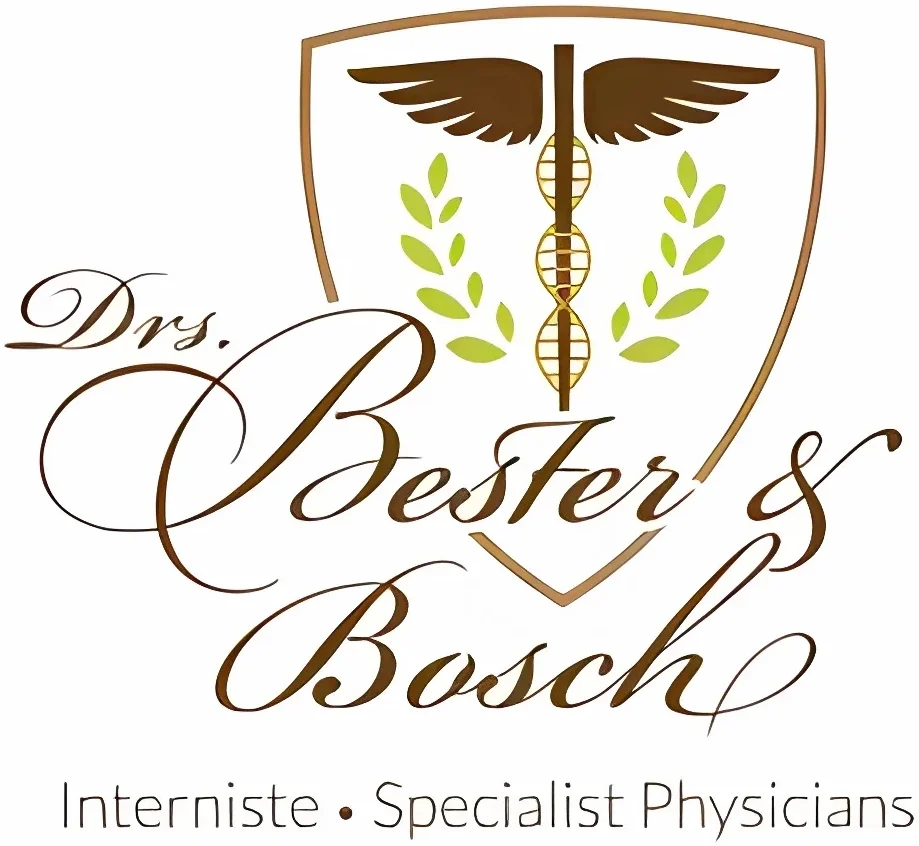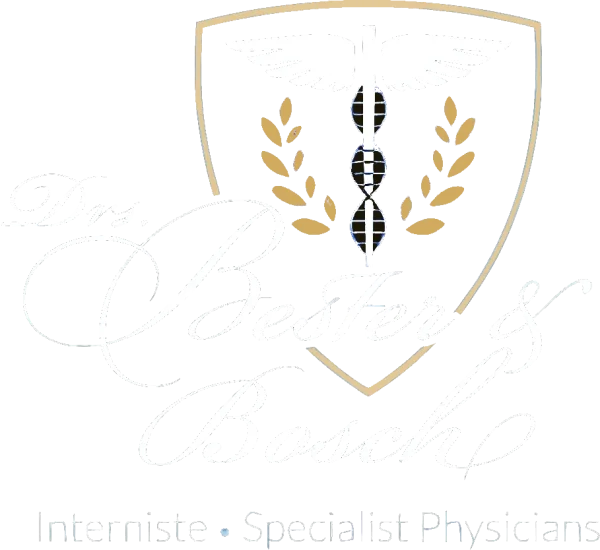Endoscopic Services
Gastroscopy
Direct visual examination of the upper gastrointestinal tract by means of a flexible fiberoptic endoscope. Typically, the procedure is carted out on an awake, but sedated, patient either in a specially equipped endoscopy suite or at the bedside in an intensive care unit.
The endoscope is inserted (by mouth) through the oropharynx, esophagus, stomach, and duodenum. Important anatomic landmarks are identified and mucosal surfaces are examined for suspicious lesions such as ulcers, erosions, polyps, strictures, malignancies, varices, bleeding sites, etc. Biopsy specimens can be easily obtained.
Colonoscopy
Direct visual examination of the colon, ileocecal valve, and portions of the terminal ileum by means of a fiberoptic endoscope. With the patient awake but sedated, a flexible endoscope is inserted per rectum and advanced through the various portion of the lower gastrointestinal tract. Important anatomic landmarks are identified and mucosal surfaces are examined for ulcerations, polyps, friable areas, haemorrhagic sites, neoplasms, structure, etc.
Bronchoscopy, Fiberoptic
Direct visual examination of upper airway, vocal cords, and tracheobronchial tree out to the fourth to sixth division bronchi. Other procedures such as washings, brush biopsy, broncho-alveolar lavage, endobronchial and transbronchial biopsy are also included depending on the clinical indications.

